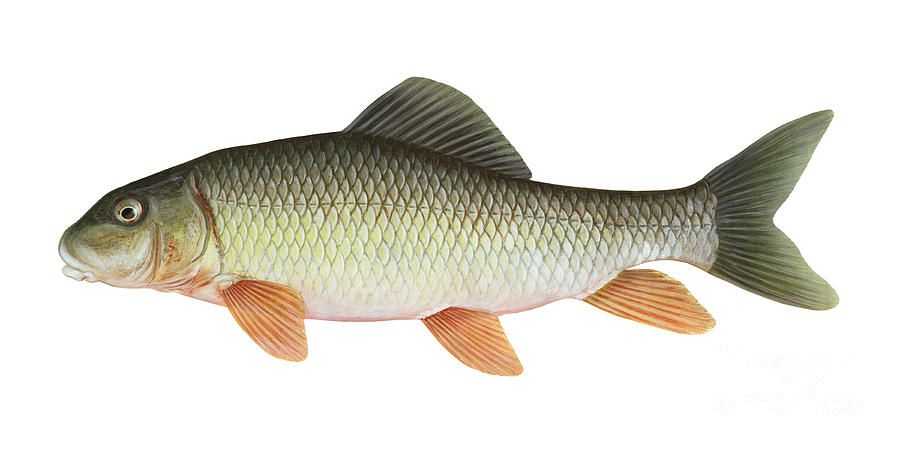Silver Redhorse

Species Details
Moxostoma Anisurum
Catostomidae
Cypriniformes
Lakes, Rivers
2 - 10 lbs.
18" - 29"
Silver Redhorse (Moxostoma anisurum) Fish Description
When we say Silver Redhorse, we don’t mean an upgraded version of the Philippine Beer! As is, Redhorse in itself is quite strong! The Silver Redhorse (Moxostoma Anisurum) is known for its silver body. However, its back is a dark gray-brown color with slate gray on its fins. It only has one dorsal fin which doesn’t have any spines. Instead, the Silver Redhorse’s dorsal fin has 14-17 soft rays that form it. Its tailfin is deeply forked, forming a letter “v”.
Appearance-wise, it sometimes is mistaken for its other cousins – the Black Redhorse and the Golden Redhorse. However, the main difference lies in the dorsal fin. The dorsal fin of the Silver Redhorse is more concave than that of its cousins. Others say it’s because the Black and Golden Redhorse are more deep-bodied than the Silver one.
Diet and Size
Since its lips are positioned in an interior fashion, the Silver Redhorse resorts to bottom-feeding. Silver Redhorses have a preference for mollusks, algae, detritus, and immature insects. It apparently has a preference for Asian clams. They also go for other small invertebrates that they can find on the ocean floor.
Silver Redhorses are quite small. A Silver Redhorse, on average, usually grows up to 18-24 inches long. That’s usually around 2 feet. Weight-wise, they usually weigh around 2-5 lbs. However, there have been reports of a Silver Redhorse reaching up to 10 lbs and reaching 30 inches long.
Interesting Facts about the Silver Redhorse
- Silver Redhorses hate murky water.
- People usually use Silver Redhorses as an indicator of how clean the water is.
- Silver Redhorses like using shallow landforms to lay their eggs.
- The Silver Redhorse species has a male to female ratio of 2:1.
- There was a study done in Quebec where two male Silver Redhorses would successfully help a female Silver Redhorse lay her eggs.
- Their method of reproduction usually needs two males. Male Silver Redhorses rub the female Silver Redhorse, the vibration being a sign of successful fertilization.
- Silver Redhorses aren’t usually fished commercially.
- Although they are plentiful in other areas, Silver Redhorses are considered a threatened species in the Strawberry River Basin, Arkansas.
- According to anglers, the Silver Redhorse is severely unappreciated.
- They are known for putting up a good fight.
- They’re considered a challenge to catch.
- Silver Redhorses can live up to 14 years. Their average is 10-12 years.
Fishing Techniques: How to Fish for a Silver Redhorse
One of the biggest challenges is finding a pool or a stream that’s not severely polluted. Silver Redhorses don’t tolerate pollution unlike their golden cousins so finding them is extremely challenging. However, they’re known for lurking in the bottom of the river. They usually nest in places that have gravel-filled riffles and pools. One of the biggest indicators that can tell you whether or not there are Silver Redhorses is if there is clear water and there’s a lot of insects to feast on.
For equipment, you’re going to need a slightly heavier tackle. Some recommend using an 8-pound flyrod with medium spinning tackles. Since Silver Redhorses can get pretty heavy, using good equipment would be worth the catch.
As for baits of choice, Silver Redhorses love themselves fresh Nightcrawlers. Bitch Creeks do well too. Others include Golden-Ribbed Hare’s Ears (the bigger, the better) or a Nuclear Rockworm.
Habitat and Distribution
Silver Redhorses love deep-bottomed lakes where they can find their fair share of insects. They also like gravelly riffles which are where they usually leave their eggs. They also go to rivers, provided that the river is clean from pollution. They’re usually found at the Northwestern side of the United States but are also known to show up in Quebec.
From Quebec to Alberta, the Silver Redhorses follows the Mississippi River, St. Lawrence River, and the Ohio River before sometimes settling in the basins of the great lakes.







